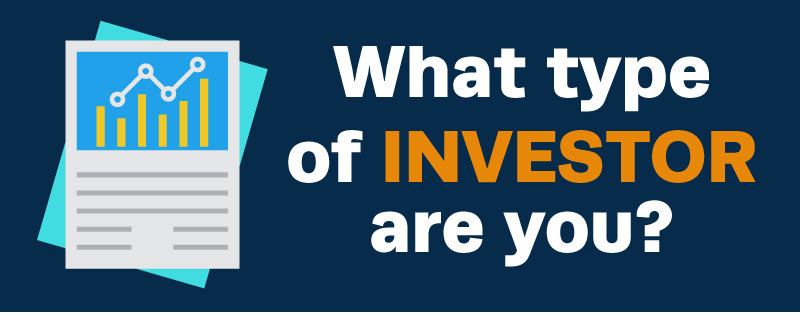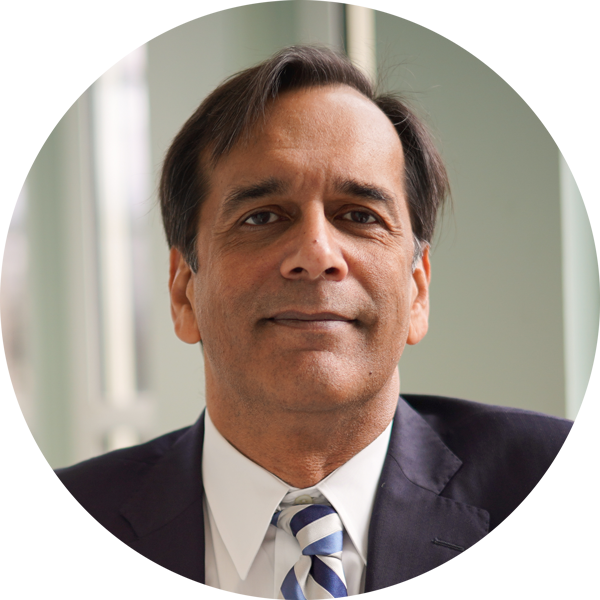The Truth About Zero-Fee Trading
On Tuesday, Charles Schwab (NYSE: SCHW), the pioneer in low-cost commissions, lobbed a grenade onto Wall Street.
It announced that it was going to a zero-dollar commission structure on all trading.
To put this in perspective, let’s go back to the ’90s. Back then, just before the advent of online trading, brokers could charge up to 5% of the amount of a transaction as their commission charge – both entering and exiting the trade.
For a $20,000 trade, that could amount to as much as $2,000 in commissions. Very few brokers were that egregious, however, and usually they charged around 2% each way.
Still, that could have been $800 in profits…
Then, online trading went mainstream. Commission rates dropped to a fixed rate that hovered around $30. As time passed, that number dropped to less than $10 – and more recently, less than $5.
Last year, platforms like Robinhood appeared on the scene charging no commissions.
Their interfaces were not as good as the ones online brokers like TD Ameritrade and Fidelity had spent billions perfecting – but it was clear the race to zero commissions was on.
On Tuesday, TD Ameritrade (Nasdaq: AMTD) announced that it would match Schwab.
Yesterday, E-Trade (Nasdaq: ETFC) followed suit. Fidelity should also follow pretty quickly… if it hasn’t done so by the time you read this article.
But there is one spot where brokerages haven’t reduced commissions much, and that is in options trading. There, charging $0.65 per contract seems to be the norm.
That will also disappear over time.
You may be wondering how these brokers will make money. Fear not. While this will certainly ding the bottom line of some brokers (like Ameritrade) more than others (like Schwab, which has a more diversified operation), it won’t be the end of them.
These brokerages are still benefiting from a variety of factors like…
- Upgrades in technology
- Lower employee head count (think of the dreaded voice-activated menu you might find when you call)
- Increased trading fees from a high volume of stock
- Options trading
- Inroads to money management and specialized platform trading, which are features that customers do have to pay for.
But you will need to watch out for additional fees. These will come in the form of “processing” fees for holding nontraditional investments in your account (for example, holding real estate in your IRA), fees for foreign stocks, or fees for wire transfers and the like.
If you ever look at the fee schedule for your broker, you will see an endless number of ancillary fees on their books.
Embracing lowering commissions and keeping an eye on fees is a great move for investors, and especially for traders like me. Before this, I had already negotiated my broker’s “official” rate lower due to how much I trade, but it certainly was not zero!
I wonder if I can convince them to pay me to trade…
[adzerk-get-ad zone="245143" size="4"]About Karim Rahemtulla
Karim began his trading career early… very early. While attending boarding school in England, he recognized the value of the homemade snacks his mom sent him every semester and sold them for a profit to his fellow classmates, who were trying to avoid the horrendous British food they were served.
He then graduated to stocks and options, becoming one of the youngest chief financial officers of a brokerage and trading firm that cleared through Bear Stearns in the late 1980s. There, he learned trading skills from veterans of the business. They had already made their mistakes, and he recognized the value of the strategies they were using late in their careers.
As co-founder and chief options strategist for the groundbreaking publication Wall Street Daily, Karim turned to long-term equity anticipation securities (LEAPS) and put-selling strategies to help members capture gains. After that, he honed his strategies for readers of Automatic Trading Millionaire, where he didn’t record a single realized loss on 37 recommendations over an 18-month period.
While even he admits that record is not the norm, it showcases the effectiveness of a sound trading strategy.
His focus is on “smart” trading. Using volatility and proprietary probability modeling as his guideposts, he makes investments where risk and reward are defined ahead of time.
Today, Karim is all about lowering risk while enhancing returns using strategies such as LEAPS trading, spread trading, put selling and, of course, small cap investing. His background as the head of The Supper Club gives him unique insight into low-market-cap companies, and he brings that experience into the daily chats of The War Room.
Karim has more than 30 years of experience in options trading and international markets, and he is the author of the bestselling book Where in the World Should I Invest?






